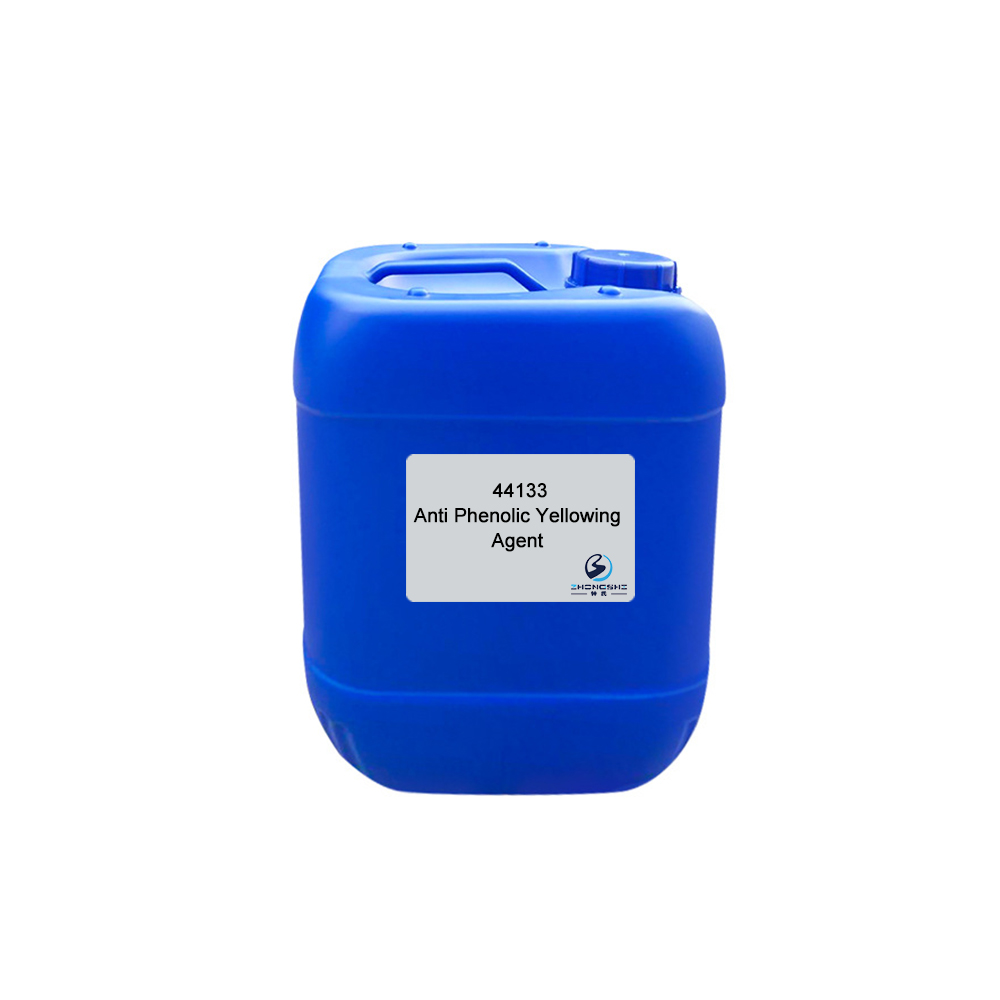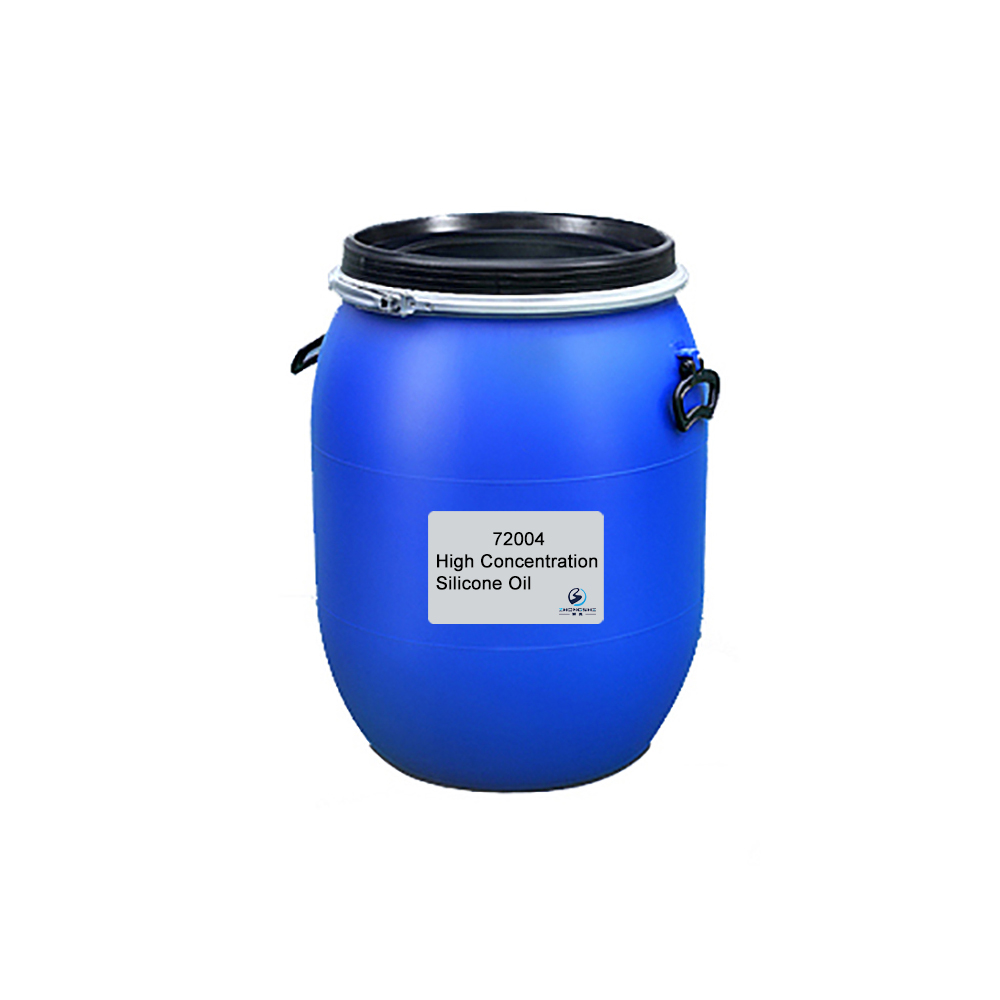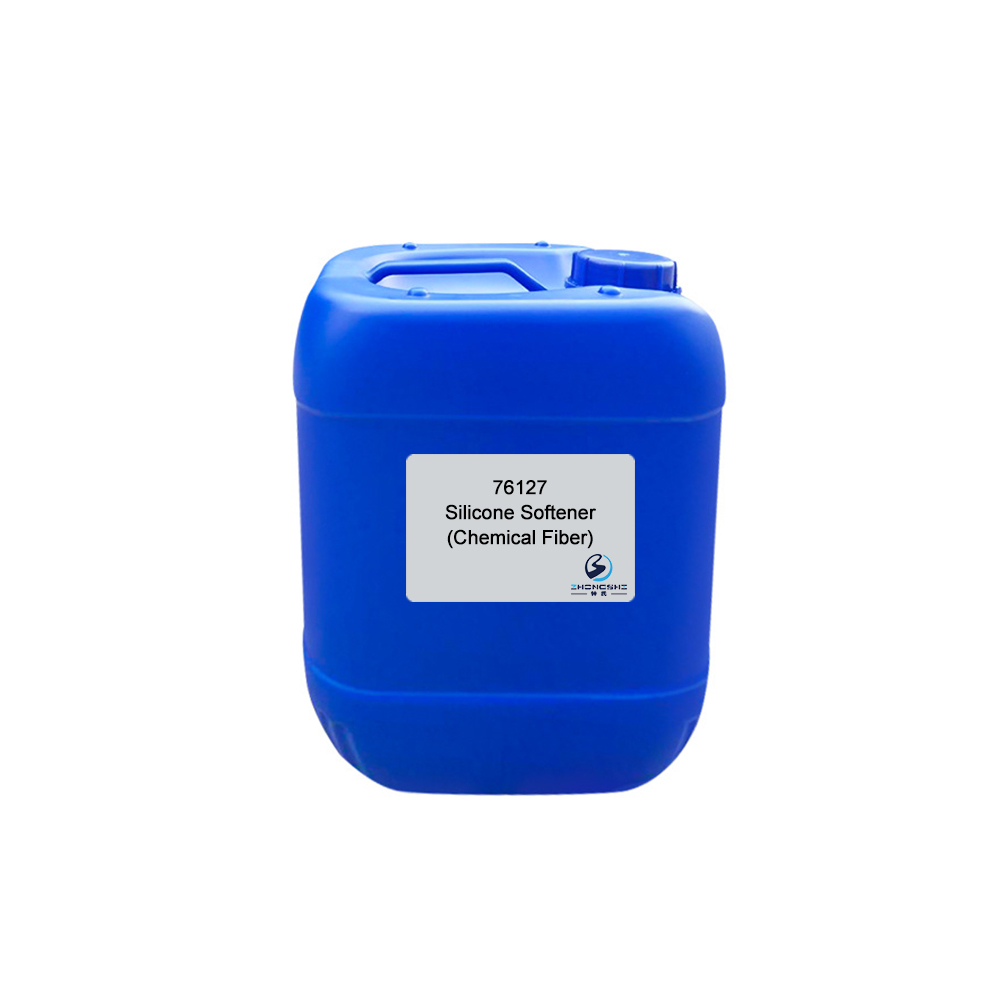98520 Silicone Softener (Soft & Fluffy)
Features & Benefits
- Excellent stability.
- Imparts fabrics soft, smooth and fluffy hand feeling.
- Improves elasticity and smoothness of fabrics.
Typical Properties
| Appearance: | Micro turbid to transparent fluid |
| Ionicity: | Weak cationic |
| pH value: | 5.0~6.0 (1% aqueous solution) |
| Solubility: | Soluble in water |
| Application: | Polyester, nylon, acrylic fiber, polypropylene fiber and their blends, etc. |
Package
120kg plastic barrel, IBC tank & customized package available for selection
TIPS:
Scouring of cotton, silk and synthetic fibers
Although other natural fibers such as cotton and silk contain impurities that are easier to remove than those that occur in wool, it is still necessary to scour them to insure uniform bleaching, dyeing and finishing as well as to enhance their wettability and absorbency.
Cotton may contain from 4-12% by weight impurities in the form of waxes, proteins, pectins, ash, and miscellaneous substances such as pigments, hemicelluloses and reducing sugars. The hydrophobic nature of the waxes makes their removal difficult relative to the removal of other impurities. The composition of cotton wax consists primarily of a variety of long chain (C15 to C33) alcohols, acids, and hydrocarbons as well as some sterols and polyterpenes. Examples include gossypol (C30H61OH), stearic acid (C17H35COOH), and glycerol. Little is known about the structure of the proteins, and the pectins are essentially present as the methyl ester of poly-D-galacturonic acid. Ash is a mixture of inorganic compounds (particularly sodium, potassium, magnesium and calcium salts), while other impurities vary in composition but are readily hydrolyzed and removed under practical scouring conditions.
Effective removal of impurities in cotton, particularly waxes, is achieved by boiling in 3-6% sodium hydroxide or less frequently in dilute solutions of calcium hydroxide (lime) or sodium carbonate (soda ash). The proper choice of textile auxiliaries in the alkaline bath is essential for good scouring. These include sequestering or chelating agents such as ethylenediaminetetraacetic acid (EDTA) to solubilize insoluble inorganic substances present in hard water and surfactants such as the anionic sodium lauryl sulfate that serves as a detergent, dispersing agent, and emulsifying agent to remove unsaponifiable waxes. Synthetic fibers are scoured with milder formulations such as soap or detergents containing comparatively small amounts of alkali (e.g., 0.1-0.2% sodium carbonate). Cotton/synthetic fiber blends (such as cotton/polyester) require alkaline concentrations and conditions intermediate between those of all cotton and all synthetics for effective scouring.
Scouring of the silk fiber is also known as degumming. Silk scouring has been critically reviewed with respect to degumming processes and machinery and identification of material removed from the fiber. The main contaminant to be removed from silk is the protein sericin, also known as gum, which may range from 17% to 38% by weight of the unscoured silk fiber. The sericin removed from the silk fiber has been separated into four fractions that differ both in their amino acid composition and their physical properties. There are five methods for degumming silk fibers: (a) extraction with water, (b) boiling-off in soap, (c) degumming with alkalis, (d) enzymatic degumming and (e) degumming in acidic solutions. Boiling-off in soap solutions remains the most popular degumming method. A variety of soaps and processing modifications give varying degrees of purification of the silk fiber. Although there are many qualitative methods to determine the extent of silk fiber degumming, quantitative methods for sericin removal and the mechanisms by which it is removed have not been developed and proposed.
Impurities present in synthetic fibers are primarily oils and spin finishes used in spinning, weaving and knitting operations. These can be removed under much milder conditions than impurities in cotton and in silk. Scouring solutions for synthetic fibers contain anionic or nonionic detergents with trace amounts of sodium carbonate or ammonia; scouring temperatures for these fibers are generally 50-100°C.









